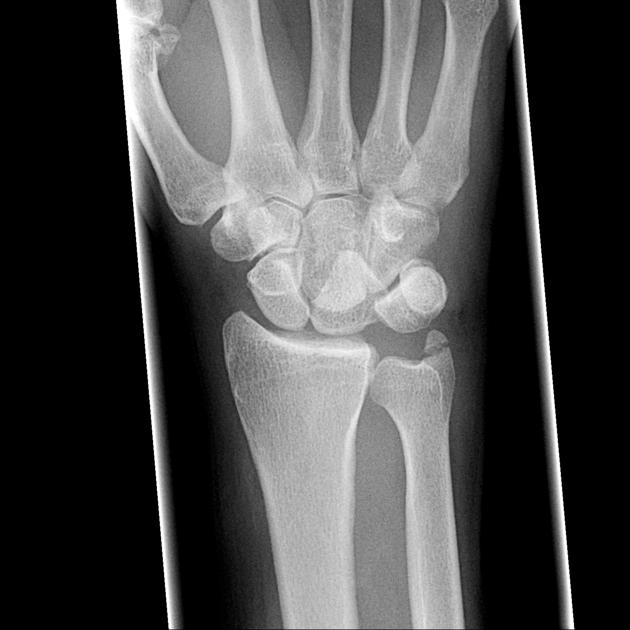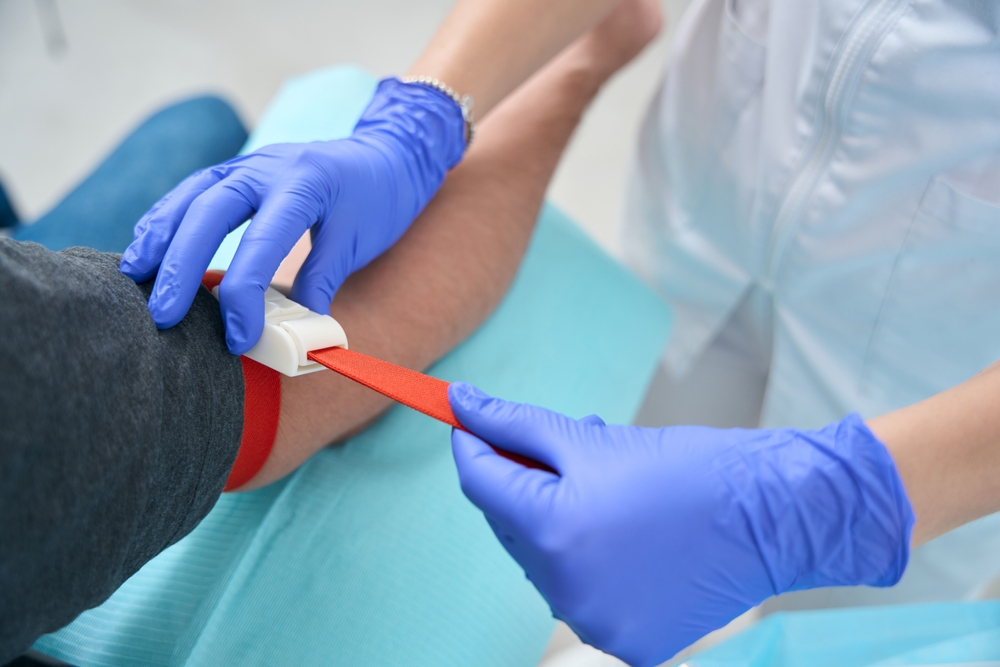
Show your working
17th May 2024
Carpal bone injuries explained – fracture of the hamate and lunate dislocations
17th June 2024The use of tourniquets to stop catastrophic bleeding stretches back centuries, but had possibly fallen from favour in recent years due to concerns about the potential damage to vascular health if performed by unqualified persons.
However, the technique has now undergone a resurgence, particularly in areas such as combat casualty care and pre-hospital care. Massive uncontrolled haemorrhage is a major cause of preventable death in trauma cases because massive arterial blood loss can kill within minutes.
From Military to Mainstream
This is a subject which has been extensively studied within the military who have utilised the tourniquet (TQ) technique extensively on the battlefield to save lives and limbs. Limb TQ applies circumferential compression to affect a complete interruption of blood flow by compressing the arteries.
The use of TQ has now become an important point of discussion when it comes to how it can play a part in pre-hospital care in civilian scenarios. It is understood that massive haemorrhaging is a major cause of death before arriving in the emergency department, particularly in instances of major incidents such as bomb, gun or knife attacks, or serious road traffic accidents. The timely and competent application of TQ in cases such as these can stop severe, or exsanguinating, bleeding and in the process save lives as well as reducing the need for blood replacement products.
Essential Bleed Control Solutions
In light of this, and following on from the successful rollout of community defibrillators, the introduction of bleed control kits has been successfully adopted by some police forces in the UK, notably the Staffordshire Force due to a project jointly funded by the Staffordshire Commissioner for Police, Fire & Rescue and Crime. These kits contain a chest seal, chito gauze dressing and a rapid stop TQ. Several ambulance services across the UK now have bleed control kits registered on their Computer Aided Dispatch System. The kits carried by emergency services are to be used only by personnel with first aid training.
In response to the rollout of bleed control kits among the emergency services and following the successful adoption of community defibrillators to treat cardiac arrests prior to hospital arrival, Community Public Access bleed control kits are now available commercially containing as a minimum, TQ, sterile gloves and anti-clotting dressings. The cheapest versions generally come in a resealable pouch with more expensive versions costing a few hundred pounds and with a more comprehensive array of TQ and medical aids come in a polycarbonate case with a lock and alarm option to allow them to be placed in community areas.
Getting help when it is needed
These kits can be used by members of the public with crucial guidance from medical professionals prior to the arrival of the emergency services.
To assist members of the public in the safe and proper use of bleed control kits Citizen Aid have rolled out a course on what to do in an emergency life-threatening situation. Designed by military and civilian experts in the field of emergency and trauma care the Qualsafe Awards Level 2 Award in citizenAid is a fully regulated qualification, valid for three years, designed to teach members of the public the life-saving steps to take in a major incident such as RTC or knife attack – the most common scenarios likely to lead to massive life-threatening blood loss. The course also covers other emergency issues such as triaging in order to be able to convey accurate information to emergency service personnel as well as how to prioritise multiple casualties, and dealing with a casualty who is breathing but unresponsive.
Medical research emphasises the importance of the tourniquet in pre-hospital care and is fully supportive of the development of these devices and of community kits to reduce deaths from massive haemorrhaging in emergency departments.




